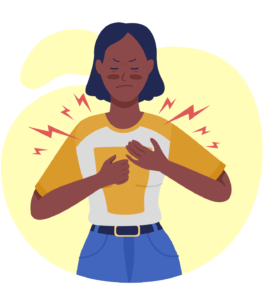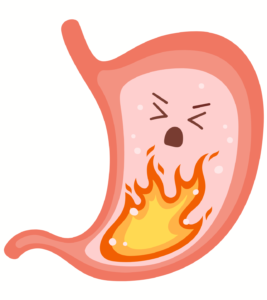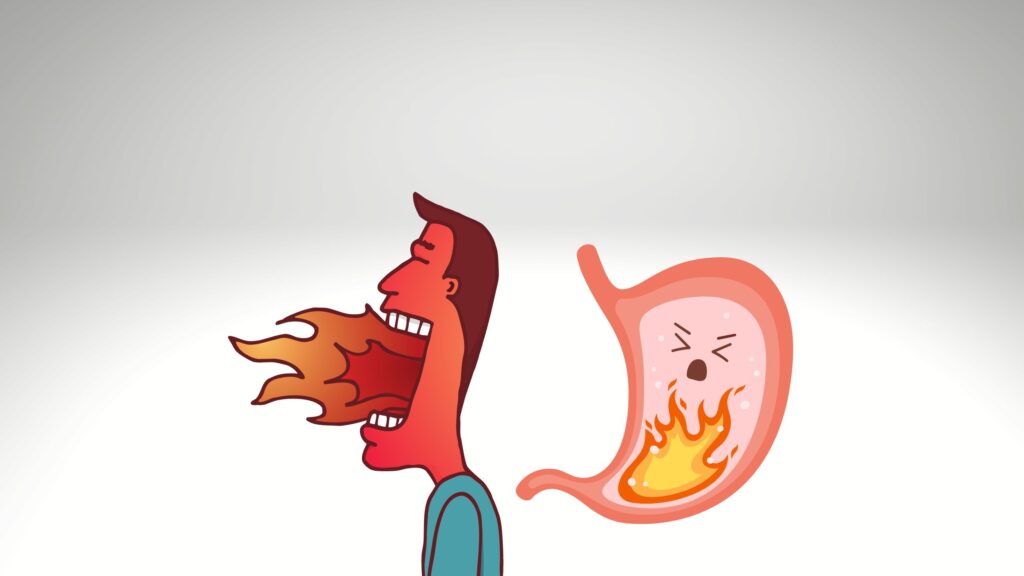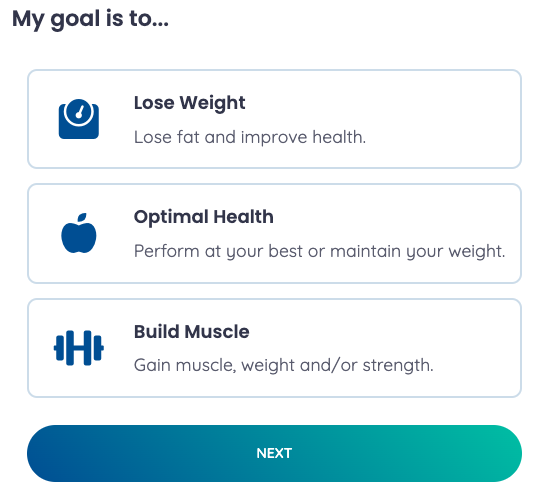With anything in life, there is always a potential for negative effects and sometimes there can be too much of a good thing! Taking medication is certainly no exception.
This will be Part 1 of a multi-part series where I review how to manage the most common side effects that come with the GLP-1 RAs such as Ozempic, Wegovy, and Saxenda!
Today we are starting with heartburn. Let’s go!
Heartburn or sometimes referred to as gastroesophageal reflux disease (GERD) is one of, if not the most common side effects my patients report. For the most part, the literature agrees.
Just a quick point as I would like to continue my not-getting-sued streak, all of the information discussed below is for information purposes only. If you are experiencing side effects you need to follow-up with your personal care team to evaluate what is best for your individual situation. Please don’t follow the advice of a random, albeit seemingly knowledgeable and handsome fella from the internet! Ok? Cool!
What is heartburn?
 Now to start, heartburn or GERD, is where acid from your stomach flows back into the tube or esophagus that connects your mouth and your stomach. When this occurs what you might experience is a burning sensation in the middle of your chest hence heartburn. That burning is due to stomach acid irritating your food tube! It tends to be worse after meals and at night when you are laying down as it is much easier for acid to travel up when that pesky gravity is alleviated.
Now to start, heartburn or GERD, is where acid from your stomach flows back into the tube or esophagus that connects your mouth and your stomach. When this occurs what you might experience is a burning sensation in the middle of your chest hence heartburn. That burning is due to stomach acid irritating your food tube! It tends to be worse after meals and at night when you are laying down as it is much easier for acid to travel up when that pesky gravity is alleviated.
Now some people do not always experience a burning sensation; instead, some patients may report generalized chest pain or the sensation lump in their throat. They may also have difficulty swallowing or experience pain when swallowing. Further, there is a possibility of ‘sulphur burps’ and a sour, acidic taste in the back of your throat which may also bring food with it. Remember back to your college days when you had 1 too many wobbly pops and then needed one of your best buds to hold your hair while you purged the McDonald’s Big Mac from dinner? Ya, that’s the taste we are talking about!
Some other low-key symptoms that one could experience are a chronic cough, sore throat, and worsening asthma symptoms. Worst case scenario, these symptoms wake you up in the middle of the night with a mouth full of acid that even toothpaste struggles to remove.
Why is heartburn happening to me?
 The reason for heartburn is that GLP-1 RAs and the GLP-1 hormone that is naturally produced by our bodies slow down gastric emptying or how quickly it moves from your stomach to your small intestine.
The reason for heartburn is that GLP-1 RAs and the GLP-1 hormone that is naturally produced by our bodies slow down gastric emptying or how quickly it moves from your stomach to your small intestine.
So food will sit in your stomach for longer and if things are going down the only way they have to go is back up. For most people, these symptoms are going to be mild and only last for a brief period; when they first start on the medication, and unfortunately for a tiny percentage of people, it might feel like they are turning into a fire-breathing dragon or having an exorcism.
As a brief aside, if you are unsure that what you are experiencing is heartburn, please go to your doctor or the ER. Obviously, the chest area has a pretty important organ and when it comes to possible problems in that regard it is better to be safe than sorry. Just in case you weren’t picking up what I was putting down – if you think you are having a heart attack go to the ER.
Heart attack symptoms can include chest pain (in particular crushing chest pain), chest discomfort, nausea, shortness of breath, pain radiating to your shoulders and or arms, weakness, sweating profusely, and a general, ‘I feel like the world is ending sensation,’ I would advise skipping the Tums and going to the ER.
Kapeesh?
Heartburn tips & tricks
So if we have established what we are experiencing is indeed heartburn, the management is pretty straight-forward. So much so that I am going to provide you with a numbered list:
- Eat smaller and more frequent meals throughout the day.
- Think of boring foods. None of this spicy taco Tuesday or hot wing Wednesday. Keep to bland and boring foods. In particular, avoid spicy foods, chocolate, most processed/high-fat foods (chips, etc.), and limit your dairy intake. I know, all the good things!
- Alcohol and carbonated drinks. We are not here to relive College. I don’t know about you but the current people in my life might be a bit disappointed if I require their assistance in holding back what little hair I now have left.
- Take your time and smell the roses, or your food. When you are full, stop eating. One bite can really put you over the edge.
- Do NOT lay down immediately after eating. Give yourself at least an hour or two and even when you do lay down, prop yourself up with a pillow or two. Let’s use gravity to our advantage!

Now one of my least favourite practices is using other drugs to treat the side effects of a drug. This is never ideal and obviously has risks of its own in that further side effects are possible. However, an argument could be made for using additional medications in the short-term while one’s body adapts to the GLP-1 medication.
For heartburn, I am a big fan of Gaviscon as needed. As the TV commercial demonstrates Gaviscon can produce a sort of raft while also neutralizing some of your stomach acid! Zantac can also be another over-the-counter remedy that may be helpful. An article by Wharton and friends did note using bigger guns such as Pantoloc and Dexilant as possible options. In either case, and well with all the above, check with your care team to determine the best solution for you and your situation!
Now there are some other strategies around the dosing of a GLP-1 RA, however, I will leave that for a later blog!
—-
There you have it. A breakdown and management of heartburn due to GLP-1 RAs and the management of heartburn in general!
In the next part of this series, I will cover another common side effect, nausea!
Let me know if you have any questions and as always – remember small tweaks, lead to massive peaks!
(And don’t forget to sign-up for my weekly newsletter! )
Until next time,
– Dr. Dan
References:
Wharton S, Davies M, Dicker D, Lingvay I, Mosenzon O, Rubino DM, Pedersen SD. Managing the gastrointestinal side effects of GLP-1 receptor agonists in obesity: recommendations for clinical practice. Postgrad Med. 2021 Nov 29:1-6. doi: 10.1080/00325481.2021.2002616. Epub ahead of print. PMID: 34775881.






